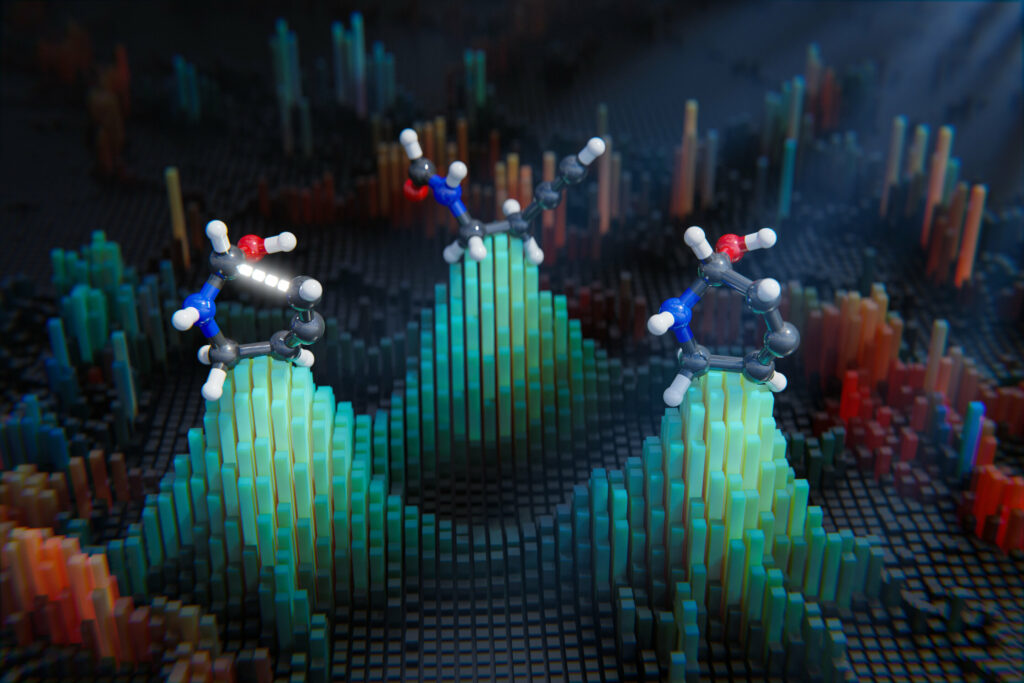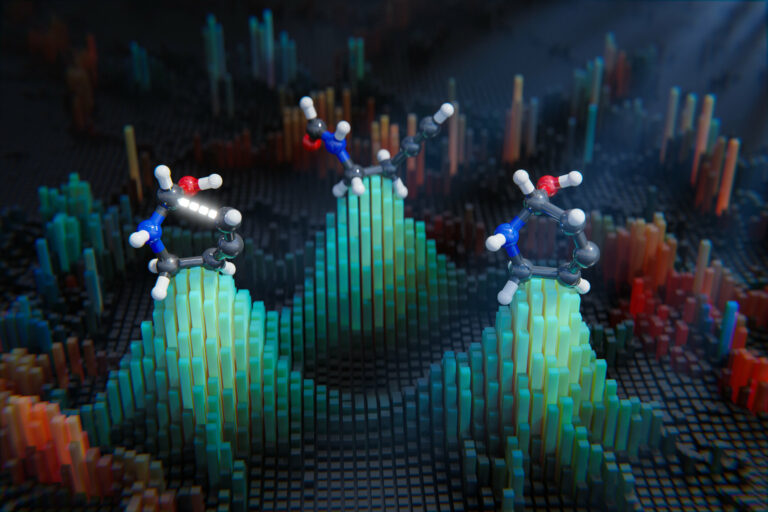Computational Model Grasps the Elusive Transition States of Chemical Reactions.
In the course of a chemical reaction, molecules accumulate energy until they attain the critical juncture referred to as the transition state—an irreversible point marking the necessity for the reaction to advance. This state is so transitory that experimental observation is nearly impractical.
While the structures of these transition states can be determined through quantum chemistry-based techniques, the conventional process is exceptionally time-intensive. Addressing this challenge, a group of MIT researchers has introduced an innovative method rooted in machine learning, enabling the rapid calculation of these structures in a matter of seconds.

Their novel model holds the potential to assist chemists in devising new reactions and catalysts for the production of valuable substances like fuels or pharmaceuticals. Additionally, it can be applied to model naturally occurring chemical processes, including those that may have played a role in shaping the evolution of life on Earth.
Heather Kulik, an associate professor of chemistry and chemical engineering at MIT and the senior author of the study, emphasizes the crucial role of understanding transition state structures. She notes, “Knowing the transition state structure is pivotal as a starting point for contemplating catalyst design or comprehending how natural systems execute specific transformations.”
The lead author of the paper outlining this research is Chenru Duan, Ph.D. The paper, featured in Nature Computational Science, also includes contributions from Yuanqi Du, a graduate student from Cornell University, and Haojun Jia, a graduate student from MIT.
Brief Transitions
In the realm of chemical reactions, a crucial stage is the transition state, reached when the energy threshold necessary for the reaction’s progression is attained. The formation of this state significantly influences the probability of a chemical transformation, playing a vital role in determining the likelihood of converting unwanted substances, such as carbon dioxide, into valuable fuels like methanol. To compute transition states, chemists traditionally employ density functional theory, a quantum chemistry method. However, this technique demands substantial computing power and can require hours or even days for a single transition state calculation.
While some researchers have explored machine-learning models for discovering transition state structures, existing models treat two reactants as a single entity, making the training process more challenging and less accurate. Addressing these limitations, the MIT team introduced a novel computational approach using a diffusion model. This model allows the representation of two reactants in arbitrary orientations, enabling the learning of processes likely to yield specific outcomes. The researchers trained their model using quantum computation-derived structures of reactants, products, and transition states for 9,000 diverse chemical reactions.
Once the model grasped the inherent distribution of these structures, it could generate transition state structures corresponding to new reactants and products. Testing the model on previously unseen reactions, the researchers sought 40 potential solutions for each transition state and used a “confidence model” to predict the most probable occurrences. The solutions demonstrated an accuracy of within 0.08 angstroms compared to quantum-derived transition state structures, and the entire computational process required just a few seconds per reaction. Heather Kulik, one of the researchers, remarked, “This scales to thinking about generating thousands of transition states in the time that it would normally take you to generate just a handful with the conventional method.”
Modeling reactions
While the researchers primarily trained their model on reactions involving compounds with a relatively modest number of atoms—up to 23 atoms for the entire system—they discovered its ability to make accurate predictions extended to reactions involving larger molecules. “
Even when examining more extensive systems or those catalyzed by enzymes, the model provides quite comprehensive coverage of the various ways atoms are likely to rearrange,” notes Kulik. The researchers are now poised to enhance their model by incorporating additional components such as catalysts.
This expansion could facilitate the exploration of how specific catalysts accelerate reactions, particularly in the synthesis of pharmaceuticals, fuels, or other valuable compounds requiring intricate chemical processes. “Traditionally, all these calculations involve quantum chemistry, and now we can replace the quantum chemistry component with this rapidly generative model,” remarks Duan. This innovative model also holds promise for applications beyond chemical synthesis, including the investigation of interactions between gases on distant planets or the modeling of elementary reactions during the early stages of Earth’s evolution, according to the researchers.
This article is republished from PhysORG under a Creative Commons license. Read the original article.
Do not forget to share your opinion with us to provide you with the best posts !





0 Comments